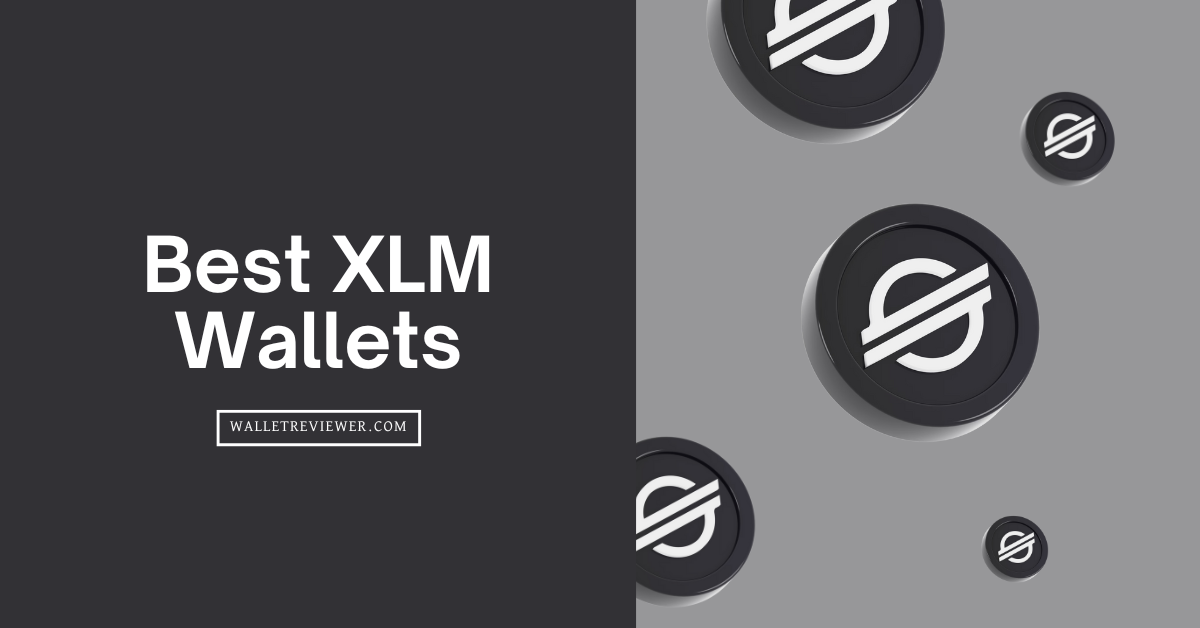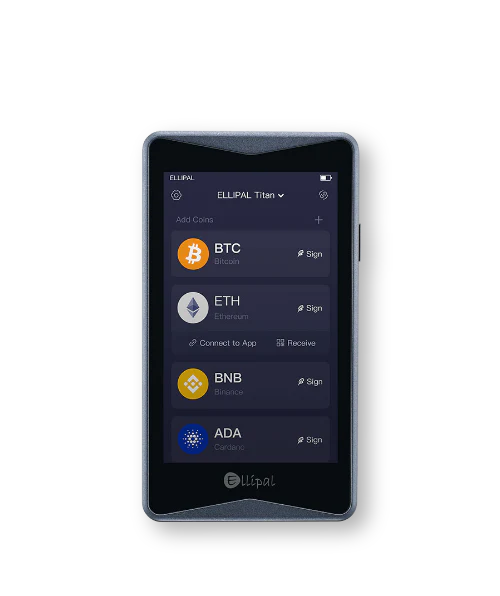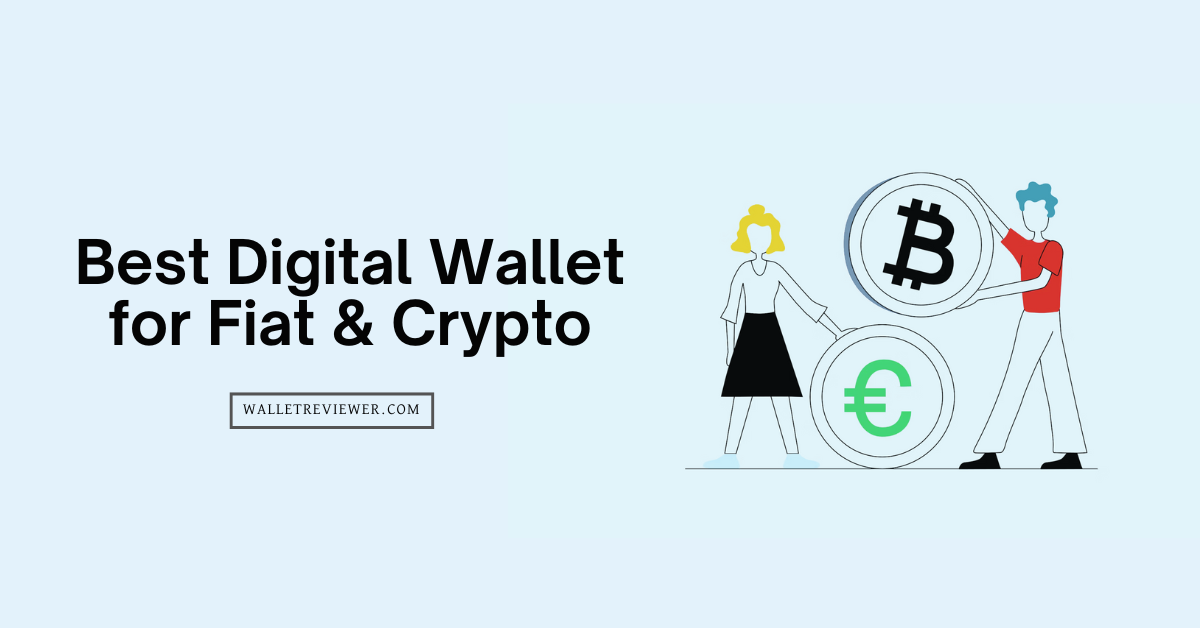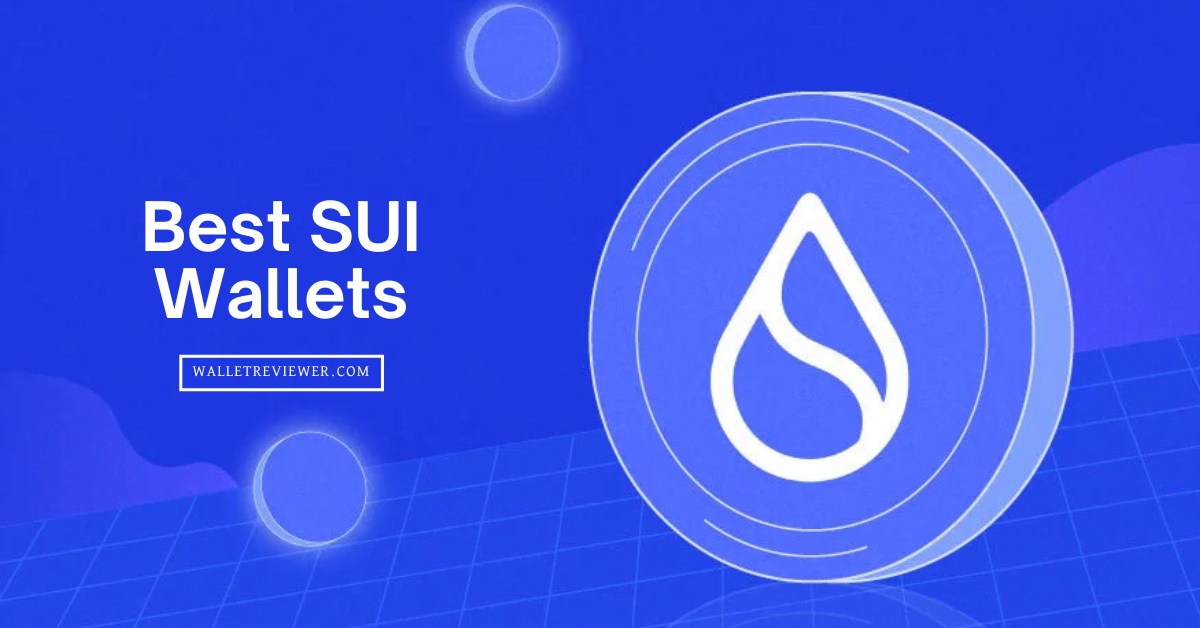We tested and compared many best stellar wallets: hardware, software, mobile, and desktop. We focused on four key things: XLM support, security, price, and ease of use. After deep research, we picked only the most reliable and safest wallets for Stellar Lumens in 2025.
Stellar (XLM) is a popular crypto used for fast and cheap payments. But without a good wallet, your XLM can be at risk. Whether you want offline cold storage or an easy mobile app, this list covers everything.
Here are the 7 Best XLM Wallets for Stellar Lumens in 2025 – Based on Security, Price, and Full XLM Support.
Top 7 Best Stellar Wallets of 2025: Most Secure Picks
We have tested and reviewed 20+ stellar wallets, including both software and hardware wallets. Here are our top 7 best XLM wallets with the highest security:
- Ledger Flex: Best XLM Hardware Wallet of 2025 (Trusted by 10M+ users)
- ELLIPAL Titan 2.0: Most Secure Air-Gapped XLM Cold Wallet (100% air-gapped)
- Trezor Safe 5: Privacy-focused Stellar Hardware Device (transaction mixing and Tor browser)
- Keystone 3 Pro: User-Friendly Air-Gapped Wallet with Multi-Layer XLM Security
- Trust Wallet: Best Free Mobile Wallet for XLM Holding
- SafePal: Affordable Hardware + Software XLM Wallet with Full Protection
- Atomic Wallet: Simple Desktop and Mobile Wallet for Buying and Holding XLM
Best Stellar Lumens (XLM) Wallets for iOS, Android and Desktop
Our choice: 2 most secure XLM wallets for Stellar Lumens
Best XLM Cold Wallets of 2025
1. Ledger Flex: Best Hardware Wallet for XLM
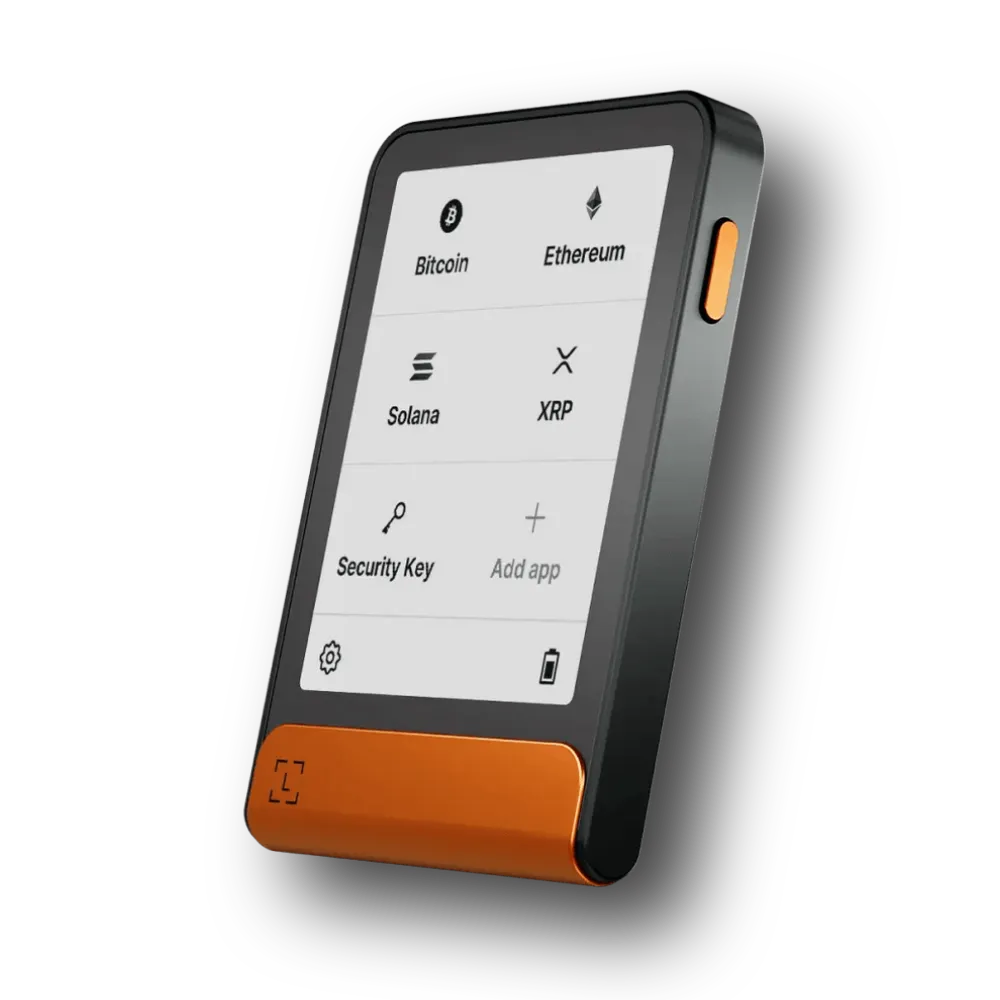
Ledger Flex is the safest XLM hardware wallet for you. It is designed to store and manage over 5,000 cryptocurrencies, including Stellar Lumens (XLM). You can install the Stellar app through Ledger Live and manage XLM using third-party wallets, such as Stellar Account Viewer or LOBSTR Vault.
Ledger Flex has a large touch screen, wireless charging, and improved performance. It includes a built-in Secure Element chip and runs on Ledger’s custom OS (BOLOS), making it one of the most secure cold storage devices for digital assets.
It also supports Bluetooth and USB-C for connectivity. Ledger Flex is ideal if you want full control over your private keys and need long-term offline storage for Stellar and other tokens. (Read full Ledger Flex review)
Note: Buy Now and get a free Ledger Recovery Key
| Type of Wallet | Hardware Wallet (Cold Wallet) |
| Stellar Lumens (XLM) Support | Yes (via Ledger Live + Stellar app) |
| Price | $249 (official price) |
| Coin Support | 5,000+ cryptocurrencies |
| Security Measures | Secure Element EAL5+, PIN, Passphrase, Recovery Seed |
2. ELLIPAL Titan 2.0: Best Cold Wallet for XLM
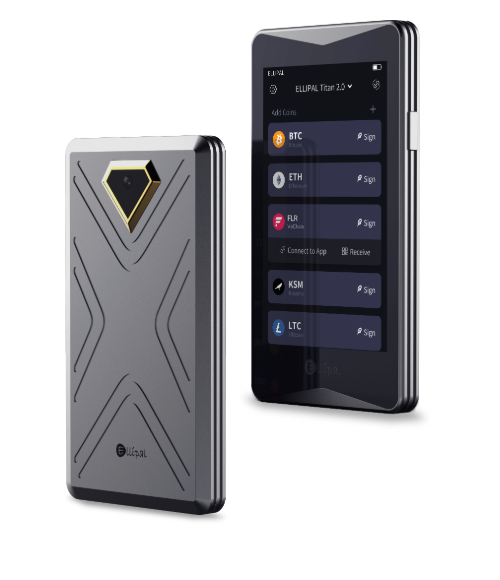
The ELLIPAL Titan 2.0 is another 100% air-gapped cold wallet built for XLM with full offline security. It uses an air‑gapped design with no USB, Wi‑Fi, Bluetooth, or network ports. All transaction signing and address transfers occur via QR code, keeping private keys isolated inside the device’s CC EAL5+ secure element.
The device offers a tamper‑proof, sealed metal casing and a self‑destruct feature if a physical breach is detected. It includes a 4‑inch full‑HD touchscreen and camera for easy use. Updates are done via micro‑SD card in under three minutes.
It supports over 10,000 coins and tokens, including native support for Stellar Lumens (XLM). You can manage up to 10 accounts on one device. Setting up takes about two minutes, and you use the ELLIPAL mobile app (Android and iOS) to scan QR codes and broadcast signed transactions.
| Type of Wallet | Hardware (cold) – fully air‑gapped |
| Stellar Lumens (XLM) Support | Yes – native support for XLM |
| Price | US $129 (device) |
| Coin Support | 10,000+ coins/tokens across 40+ blockchains |
| Security Measures | CC EAL5+ secure chip, QR‑only signing, self‑destruct on tamper, sealed metal case, no wireless or USB ports |
3. Trezor Safe 5: Most Secure Stellar (XLM) Wallet
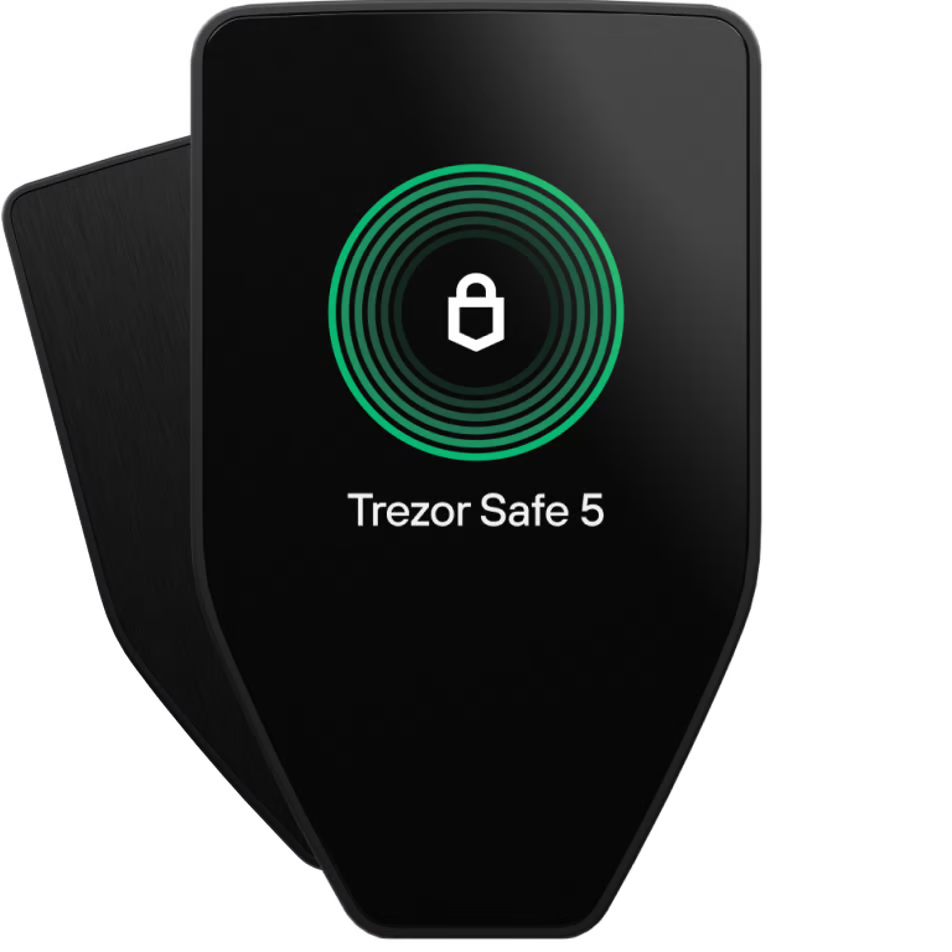
Trezor Safe 5 is the safest place to store XLM tokens. It includes an NDA‑free EAL 6+ Secure Element chip. The device protects private keys offline and supports PIN and optional passphrase protection. You confirm all actions on its 1.54″ color touchscreen with haptic feedback and a scratch‑resistant Gorilla Glass display.
The device supports thousands of coins and tokens, including Stellar Lumens (XLM). However, Trezor Suite does not natively include XLM. You must use a compatible third‑party wallet like Stellar Account Viewer or Exodus to manage XLM assets using your Safe 5 device.
XLM addresses are generated securely on-device using your recovery seed (and passphrase if used). The private key never leaves the hardware device. It also supports Coin Control and Tor for privacy.
| Type of Wallet | Hardware wallet (cold storage physical device) |
| Stellar Lumens (XLM) support | Supported on device, but needs a third‑party wallet like Exodus to manage |
| Price | USD 169 |
| Coin Support | Supports 8,000+ coins |
| Security measures | EAL 6+ Secure Element chip, PIN protection, optional passphrase, Shamir backup |
4. Keystone 3 Pro: Air-gapped Wallet for XLM Storage
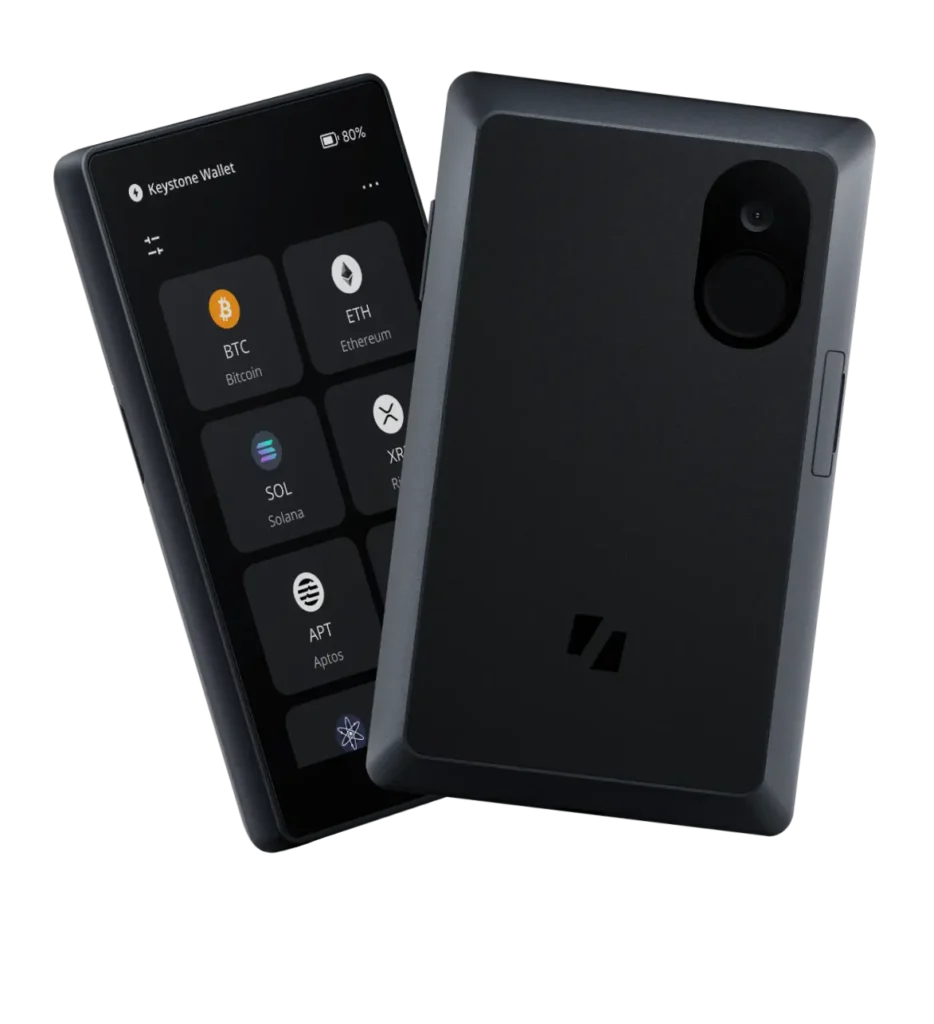
Keystone 3 Pro is a top XLM crypto wallet with a touchscreen display and the most user-friendly interface. It uses QR‑based communication only. It has a large 4‑inch touchscreen and supports fingerprint unlock.
Its firmware is open source, and it includes three secure chips for private key isolation. It supports over 5,500 coins and 200 blockchains. Keystone integrates with software wallets like Keystone Nexus, MetaMask, OKX Web3 Wallet, BlueWallet, and Keplr.
It is priced at around USD 149, with optional SD card and pouch accessories. Security features include multi‑chip architecture, anti‑tamper hardware design, no connectivity risk, and support for multiple seed phrases under separate passwords.
| Type of Wallet | Hardware crypto wallet, fully air‑gapped |
| Stellar Lumens (XLM) support | Yes (through third-party) |
| Price | USD 149 |
| Coin support | Supports 5,500+ coins, 200+ blockchains; integrates with MetaMask, OKX, BlueWallet, Keplr |
| Security measures | Three secure chips, physical anti‑tamper design, open‑source firmware, multi‑seed support, air‑gapped signing |
Best Software Wallets for Stellar Lumens (XLM) in 2025
5. Trust Wallet: Best XLM Mobile Wallet (iOS and Android)
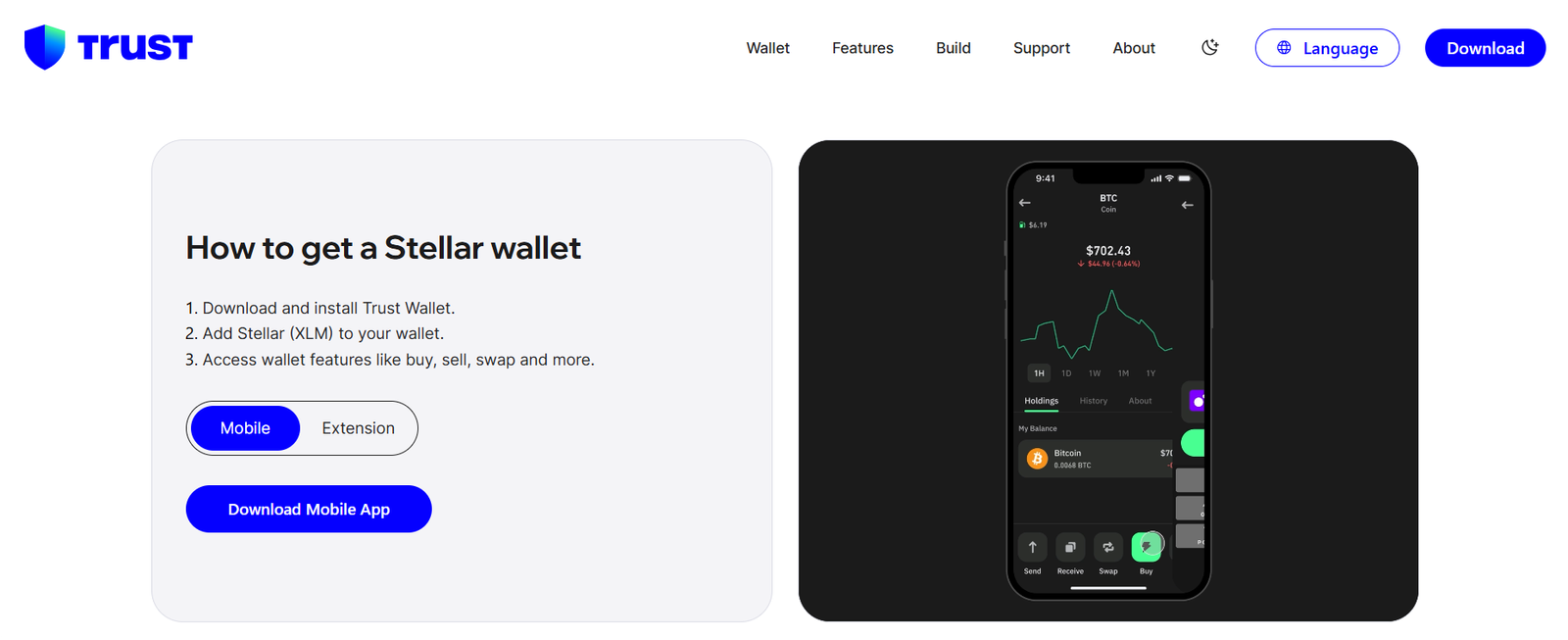
Trust Wallet is a non‑custodial and the best XLM wallet for beginners. You can install it on your iOS or Android device. It supports Stellar Lumens (XLM) and lets you send, receive, and store XLM securely.
You can also buy, sell, or swap XLM using built‑in fiat on‑ramps with Visa or Mastercard. The app supports over 10 million assets across more than 100 blockchains, including Stellar. It is open‑source and has been audited.
Trust Wallet does not hold or control your funds or keys. You must keep your recovery phrase safe. The wallet has no standalone desktop version but supports a browser extension for Chrome, Brave, and Edge.
| Type of Wallet | XLM mobile wallet (software app) |
| Stellar Lumens (XLM) support | Yes – native XLM storage and Stellar‑based tokens via trust lines |
| Price | Free |
| Coin Support | Over 10 million assets on 100+ blockchains (including XLM, BTC, ETH, BNB) |
6. SafePal: XLM Software and Hardware Wallet Combo
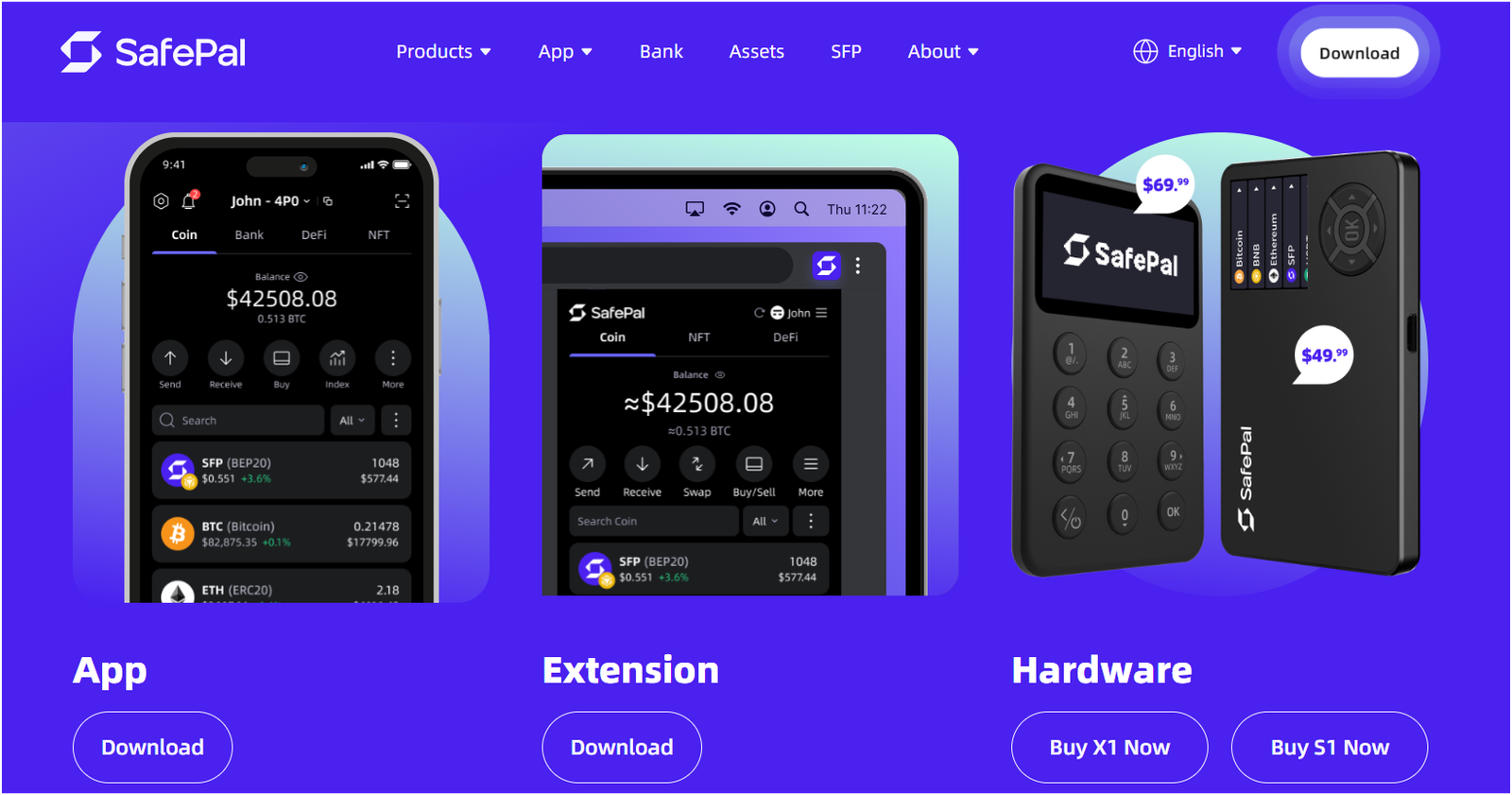
SafePal offers a range of XLM wallets, including hardware (S1, S1 Pro, X1) and software (mobile app, browser extension). The SafePal S1 hardware wallet supports Stellar Lumens (XLM) and Stellar network assets as of firmware v1.0.17, allowing you to store XLM and all Stellar tokens securely.
You must manually add the XLM token on the S1 device before sending or receiving. The Stellar network charges a 0.5 XLM reserve to add the token, which is refunded if you delete it later.
SafePal S1 uses a fully air‑gapped signing process. It lacks Bluetooth, Wi‑Fi, NFC, or USB. It includes an EAL 6+ secure element, a true random number generator, and a self‑destruct mechanism if tampering is detected.
| Type of Wallet | Both hardware and online wallet |
| Stellar Lumens (XLM) support | Yes |
| Price | $49.99 for hardware or a free mobile wallet |
| Coin Support | 200 blockchains and more than 10,000 tokens |
7. Atomic Wallet: Best Stellar Lumens Web Wallet
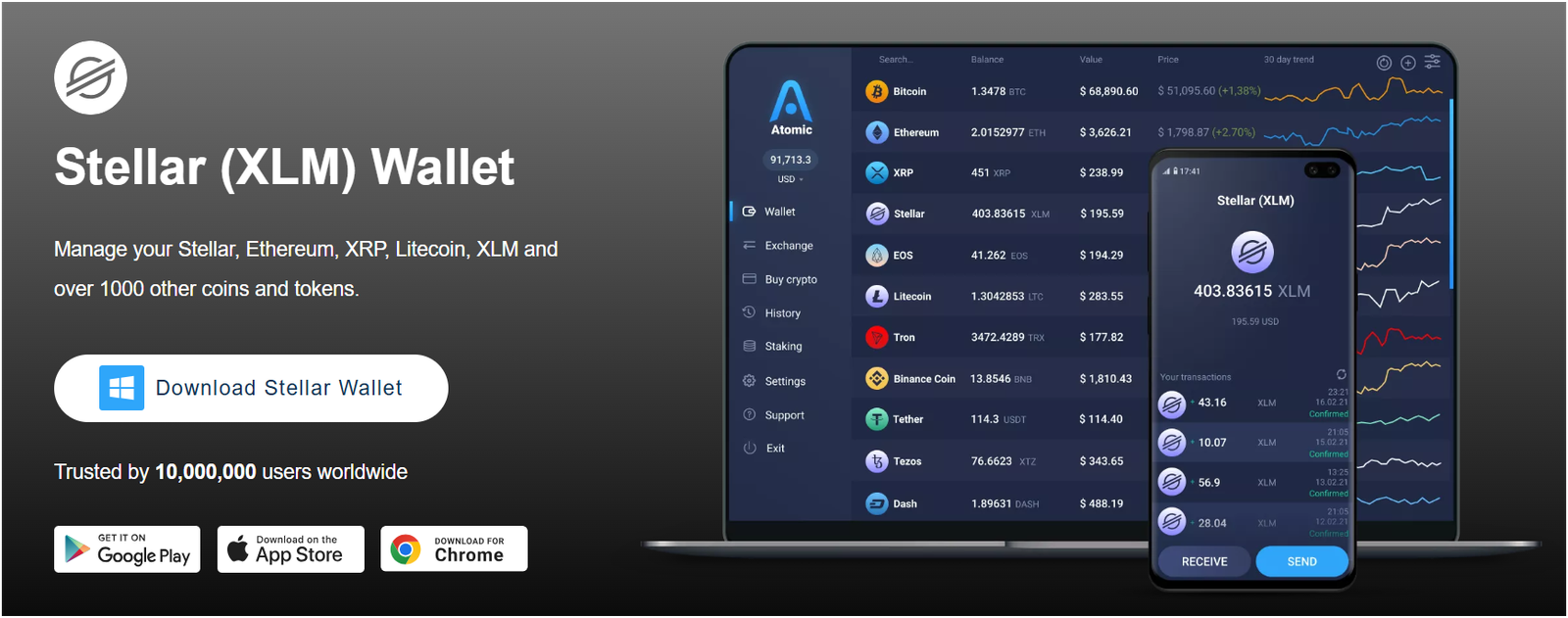
Atomic Wallet is a non‑custodial XLM website wallet. You can control your private keys. Keys are encrypted and only stored locally on your device. XLM (Stellar Lumens) is fully supported.
You can send, receive, hold, and buy XLM directly within the wallet. Atomic supports over 1,200 coins and tokens, including ERC‑20, BEP‑20, TRC‑20, Bitcoin, Ethereum, Litecoin, Ripple, Cardano, Solana, and Stellar.
You can buy Stellar (XLM) with credit or debit cards, Apple Pay, Google Pay, or a bank transfer. Purchases start at around $20 and go up to $20,000 daily. Fiat currencies accepted include USD, EUR, GBP, CAD, AUD, JPY, and others.
| Type of Wallet | Software (desktop & mobile) |
| XLM (Stellar) Support | Full support: send, receive, hold, buy XLM directly |
| Price | Free |
| Coin Support | 1,200+ assets |
| Security Measures | Encrypted local keys, 12‑word recovery phrase, no KYC, full user control |
Comparing Best XLM Wallets for 2025
| Wallet Name | Type of Wallet | XLM Support | Price |
|---|---|---|---|
| Ledger Flex | Hardware (Cold Wallet) | Yes (via Ledger Live + Stellar app) | $249 |
| ELLIPAL Titan 2.0 | Hardware (Air-gapped Cold Wallet) | Yes (Native Support) | $129 |
| Trezor Safe 5 | Hardware (Cold Wallet) | Yes (via 3rd-party wallet) | $169 |
| Keystone 3 Pro | Hardware (Air-gapped Wallet) | Yes (via 3rd-party wallet) | $149 |
| Trust Wallet | Software (Mobile App) | Yes (Native Support) | Free |
| SafePal | Both (Hardware & Software) | Yes (Native Support in S1 device) | $49.99 (HW) |
| Atomic Wallet | Software (Desktop & Mobile) | Yes (Full Support) | Free |
Read more articles:
How to Pick a Secure Stellar Wallet?
- Non-Custodial Control: This is super important. A non-custodial best Stellar wallet means you hold the private keys to your XLM. If a wallet is “custodial,” it means someone else (like an exchange) controls your keys, and if they get hacked or go out of business, your funds could be at risk. Always go for the best XLM wallets where you have full control over your private keys.
- Hardware Wallet vs. Software Wallet: For the best security, especially for larger amounts of XLM or long-term storage, a hardware wallet is usually recommended. These are physical devices that keep your private keys offline, making them very difficult for hackers to access. Software XLM wallets are more convenient for daily use but are generally less secure since they are connected to the internet.
- Open-Source Code: Look for best XLM wallets that have open-source code. This means their software code is publicly available for anyone to check. When the code is open, a large community of developers can review it for bugs or security flaws, which helps make the wallet more secure over time. It adds a layer of transparency and trust.
- Multi-Signature (Multi-Sig) Options: Some best XLM wallets offer multi-signature capabilities. This means that for a transaction to go through, it needs approval from more than one private key. For example, a “2-of-3” multi-sig wallet would need two out of three designated keys to sign off on a transaction. This is great for shared funds or adding an extra layer of security.
- Robust Security Measures: Check for built-in security features. This includes things like strong encryption for your private keys, two-factor authentication (2FA) for logging in, and PIN protection. Some advanced wallets even have anti-tampering features or biometric options like fingerprint scanning for added security.
- Backup and Recovery Options: A good XLM wallet will provide a secure way to back up your funds. This usually involves a “seed phrase” (a list of words) that can restore your wallet if you lose your device. Make sure you understand how to safely store this seed phrase offline, as anyone with it can access your funds.
- Reputation and Track Record: Before you pick a top XLM wallet, do a little research on its reputation. Has it been around for a while? Are there many positive user reviews? Have there been any reported hacks or security issues? Choosing a wallet with a proven track record of security and reliability is a smart move.
- Regular Updates and Support: The world of crypto is always changing, so it’s important that the best XLM wallet is actively maintained and updated by its developers. Regular updates help fix bugs and patch any newly discovered security vulnerabilities. Good customer support can also be very helpful if you run into any issues.
What is Stellar Lumens (XLM)?
Stellar Lumens (XLM) is the native cryptocurrency of the Stellar network. It was created in 2014 by Jed McCaleb, one of Ripple’s co-founders. The goal was to make fast, low-cost, and cross-border transactions simple and accessible.
Here are the main facts:
- Stellar is a blockchain network designed to connect banks, payment systems, and people.
- XLM (Lumens) is used as a bridge currency for transferring money between different fiat or digital currencies.
- Each transaction on Stellar costs a small fee in XLM (as low as 0.00001 XLM).
- It supports fast transfers. Most transactions settle within 2 to 5 seconds.
- XLM helps prevent spam on the network by acting as a minimal transaction fee.
You can use Stellar to:
- Send money internationally
- Exchange currencies directly on-chain
- Build decentralized apps and tokens
Stellar is supported by the Stellar Development Foundation (SDF), a non-profit group that maintains and improves the network.
It is available on many crypto exchanges and wallets. XLM is widely used for remittances, payments, and blockchain-based finance.
Read More: Best stablecoin wallets
How to Securely Store XLM?
Step 1: Understand Your Keys: Public and Private
Think of your public key (your Stellar address) like your bank account number. You can share it with others so they can send you XLM. It’s safe to share. Your private key is like your ATM PIN or the secret code to your vault.
Anyone who has your private key can access and move your XLM. This is why keeping it secret and secure is the most important thing. Never share your private key with anyone, and be extremely careful about where you store it.
Step 2: Go for Cold Storage (Hardware Wallets)
For serious amounts of XLM or for long-term holding, hardware wallets are the gold standard. These are physical devices (like a USB stick) specifically designed to keep your private keys offline. Because they’re not connected to the internet, they are highly resistant to online hacking attempts like malware or phishing.
When you want to send XLM, you connect the hardware wallet to your computer or phone, sign the transaction on the device itself, and then it goes back offline. Popular choices include Ledger and Trezor.
Step 3: Use Software Wallets Wisely (Hot Wallets)
Software wallets (desktop or mobile apps, or web wallets) are more convenient for managing smaller amounts of XLM for everyday use.
However, since they’re connected to the internet, they are sometimes called “hot wallets” and are more vulnerable to online attacks. If you use one:
- Keep your operating system and wallet app updated: Updates often include important security patches.
- Use strong, unique passwords: Don’t reuse passwords you use elsewhere.
- Enable Two-Factor Authentication (2FA): This adds an extra layer of security, requiring a second verification step (like a code from an authenticator app) to access your wallet.
- Be careful with public Wi-Fi: Avoid accessing your wallet on unsecured public networks.
- Download from official sources only: Always get wallet apps directly from the developer’s official website or trusted app stores.
Read more: Best crypto wallets for gambling
Step 4: Protect Your Seed Phrase (Recovery Phrase)
When you set up most best XLM wallets, you’ll get a “seed phrase” (usually 12 or 24 words). This phrase is the ultimate backup for your wallet. If you lose your wallet device or forget your password, you can use this phrase to restore access to your XLM.
- Write it down on paper: Do not store your seed phrase digitally (e.g., on your computer, phone, or in the cloud). If your device gets hacked, your seed phrase could be stolen.
- Store it securely offline: Keep the paper copy in a safe place, like a fireproof safe, a safety deposit box, or even consider splitting it and storing parts in different secure locations (Shamir Backup).
- Never share it: No legitimate service will ever ask for your seed phrase. If anyone asks, it’s a scam.
Step 5: Consider Multi-Signature (Multi-Sig) Wallets
For even higher security, especially for businesses or if multiple people control funds, a multi-signature wallet can be a great option. This type of wallet requires more than one private key signature to authorize a transaction.
For instance, a “2-of-3” multi-sig setup means that out of three designated keys, at least two must sign off for any XLM to be moved. This makes it much harder for a single point of failure to compromise your funds.
Step 6: Be Aware of Phishing and Scams
Scammers are always trying new tricks.
- Double-check URLs: Always make sure you’re on the legitimate website before entering any wallet information. Phishing sites often look identical to real ones but have slightly different URLs.
- Be wary of unsolicited messages: Don’t click on suspicious links in emails, text messages, or social media DMs, especially if they ask for your wallet details or private keys.
- Verify addresses: When sending XLM, always double-check the recipient’s address. Copy-pasting is generally safer than typing, but even then, be aware of “clipboard hijacking” malware that can swap the address you copied for a hacker’s address. Send a small “test” transaction first for large amounts.
Step 7: Regularly Monitor Your Wallet and Transactions
Keep an eye on your XLM balance and transaction history. If you notice anything unusual or unauthorized, you can quickly take action. Some best XLM wallets allow you to set up alerts for activity.
Step 8: Understand Minimum Balance Requirements
The Stellar network has a small minimum balance requirement for accounts to exist and to hold other Stellar-based assets. Currently, a Stellar account needs to maintain a minimum balance of 1 XLM. Each additional “sub-entry” (like holding another asset or setting up a trustline) also requires a small reserve (0.5 XLM per sub-entry).
This isn’t a security feature in itself, but it’s important to know so you don’t accidentally send all your XLM and “close” your account, which could complicate future access. Always keep a little more than the minimum in your wallet
